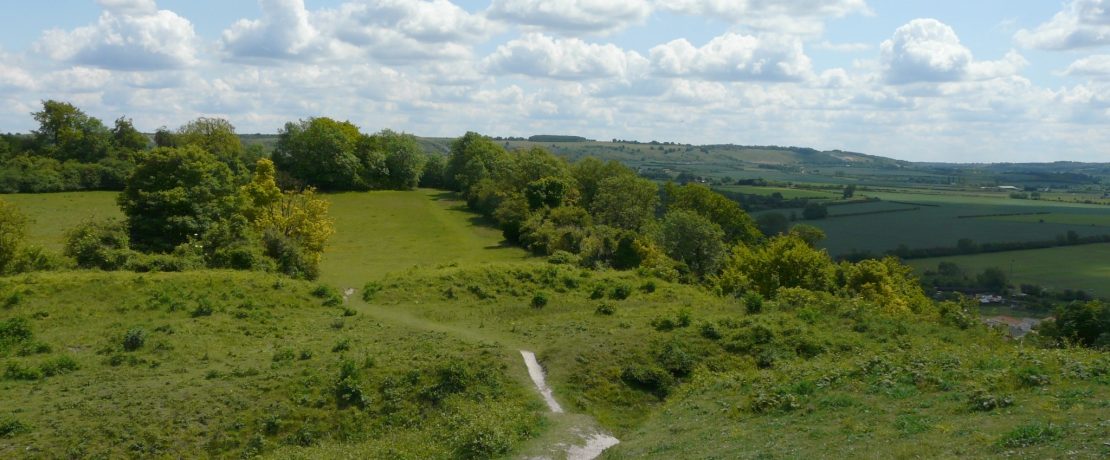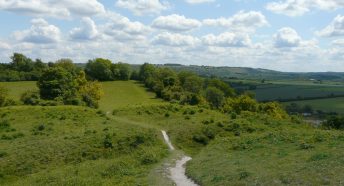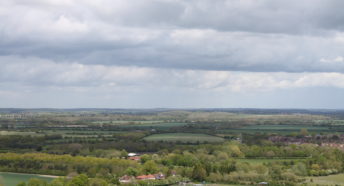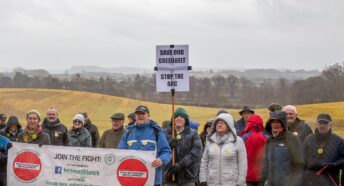More protection for the Chilterns Beechwoods Special Area of Conservation
Central Bedfordshire Council has recently received notification from Natural England about damage to the Chilterns Beechwoods Special Area of Conservation (SAC) resulting from high visitor numbers.
The Chilterns Beechwoods SAC is under damaging pressure from increasing visitor numbers. Whilst the Beechwoods SAC is outside of Central Bedfordshire, a Zone of Influence has been identified encompassing the areas that potentially impact the SAC (where visitors come from). The map shows the affected area, which includes part of Central Bedfordshire.
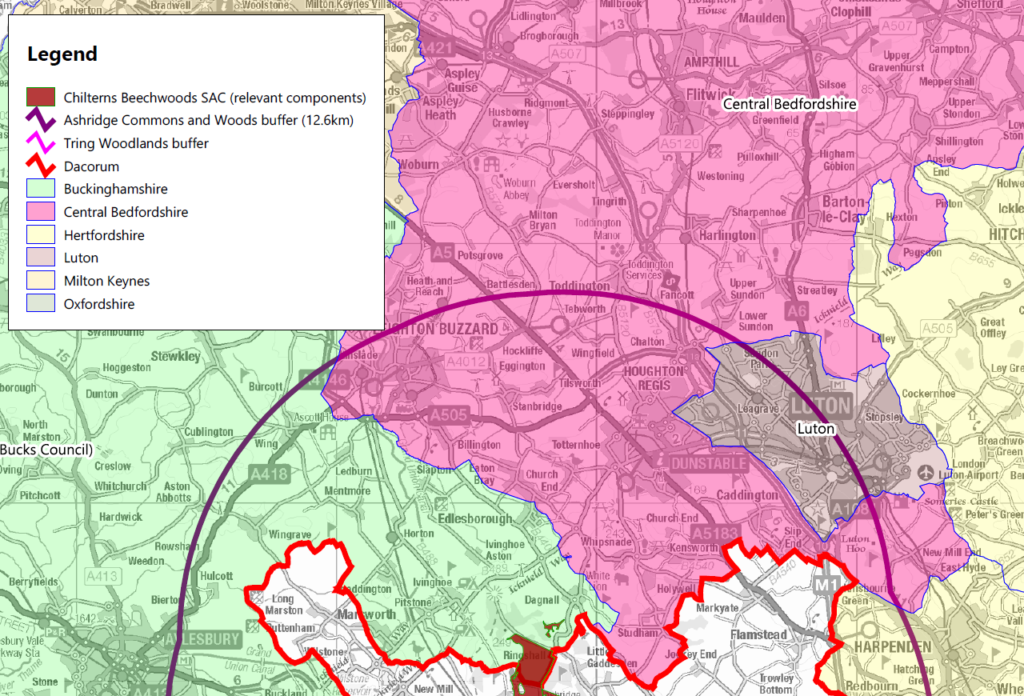
What is a Special Area of Conservation, and what are the planning implications?
Special Area of Conservation, or SAC, is a European wildlife designation first put into effect by The Habitats Regulations (2010). Although the UK has left the European Union, the legal obligations have been incorporated into UK law. This means that SACs form the top tier of nature conservation sites nationally, with 256 SACs throughout England.
The Habitats Regulations require that a local planning authority must take into account the potential impact of any proposals in a local plan, and any grant of planning permission, on any SAC within its area. This also applies to any other local planning authority whose local plan proposals could impact on the SAC, even if the site is not within its area.
This does not mean that development can’t take place in the areas of Central Bedfordshire covered, but that it must mitigate any adverse impacts on the SAC, and any mitigation strategy must be agreed by Natural England.
Central Bedfordshire Council have more information on their website.
Why is the Chilterns Beechwoods SAC important?
The Chilterns Beechwoods are noted for their beech-dominated woodlands, which include many ancient or veteran trees, such as those in Frithsden Beeches. They also incorporate areas of open grassland, and special conditions which support rare stag beetles. The sites contain a number of notable and rare plants.
The total area of the SAC is large, covering 1285 hectares, with separate areas further south in the Chilterns in addition to those at Ashridge and Tring.
How many people visit the Chilterns Beechwoods?
The Chilterns Beechwoods, and Ashridge in particular, are under increasing pressure from visitors who live in Dacorum and the surrounding areas. It is estimated that there are 1.7 million individual visits to the Ashridge Estate every year. This is a far larger figure than the entire population of Hertfordshire. Surveys reveal that many people visit more than once a week, mostly travelling from the local area. If nothing is done new housing development will lead to further visitor pressures and damage to the special qualities of the SAC.
What sorts of damage are occurring?
Damage to the qualifying features of the protected sites comes in many forms. Evidence gathered to date has identified damage to the SAC from soil compaction and root exposure, erosion of footpaths by people, horses and bikes, den building, trampling of rare plants by walkers, visitor parking, littering, fires from barbeques, vandalism, and dog fouling. Evidence gathered on-site by consultants Footprint Ecology identifies almost 500 examples of damage and other impacts to the SAC. The majority of these are at the Ashridge Estate where damage is widespread and is severe in places. There is some evidence of damage at Tring Woodlands also, including some localised damage that is severe.
The Zone of Influence
The consultants identified that the majority of visitors are coming from a 12.6 km radius of the Ashridge Estate, the busiest part of the SAC. This distance is based on the on-site postcode survey of visitors to the SAC collated during 2021. As a result a Zone of Influence with this radius, 12.6 km, has been established and it is in this area that planning applications will be affected. This area extends across all of Dacorum and into the edges of a number of adjoining authorities: St Albans City and District and Three Rivers District in Hertfordshire, and Buckinghamshire and Central Bedfordshire Councils.
